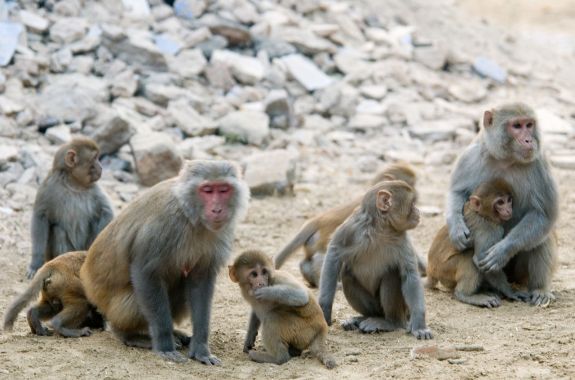‘Escape Fire’ Exposes Flaws of American Healthcare
The film tells the stories of a soldier addicted to painkillers, and a doctor with no time for her patients.
Unlocking a Lake’s Bacterial Secrets, Beneath 20 Meters of Ice
Bacteria locked under Antarctic lake ice may shed light on life’s limits, and the possibility of life on other worlds.
Blue Whale Barrel Roll
Blue whales can grow to 90 feet—that’s longer than a tennis court. To understand how they get so large, Jeremy Goldbogen studies their dining habits. And he found that blue whales do underwater acrobatics while they eat.
Perhaps Another Reason to Spike That Eggnog?
A perennial holiday mystery: will alcohol kill bacteria in homemade eggnog?
Are We Getting Dumber? Maybe, New Research Suggests
A provocative new study suggests humans are slowly becoming less intelligent and emotionally stable.
The Double Helix and Beyond: Catching Up With James Watson
Nearly 60 years later, James Watson reflects on the legendary race to solve the structure of DNA.
Genetic Clues May Help Unravel Cause of Crohn’s
Better treatment options are being developed, but the cause of Crohn’s disease is still unknown.
Medusa’s Gaze and Vampire’s Bite
Think monsters are make-believe? In his new book, science journalist Matt Kaplan writes of real-life zombies in Haiti, and how rabies infection could explain the vampire’s aversion to garlic and sunlight.
When Infections ‘Spillover’
Will the next human pandemic start in an animal? Writer David Quammen talks about Ebola, HIV and other diseases that ‘spillover’ from animals to humans.

